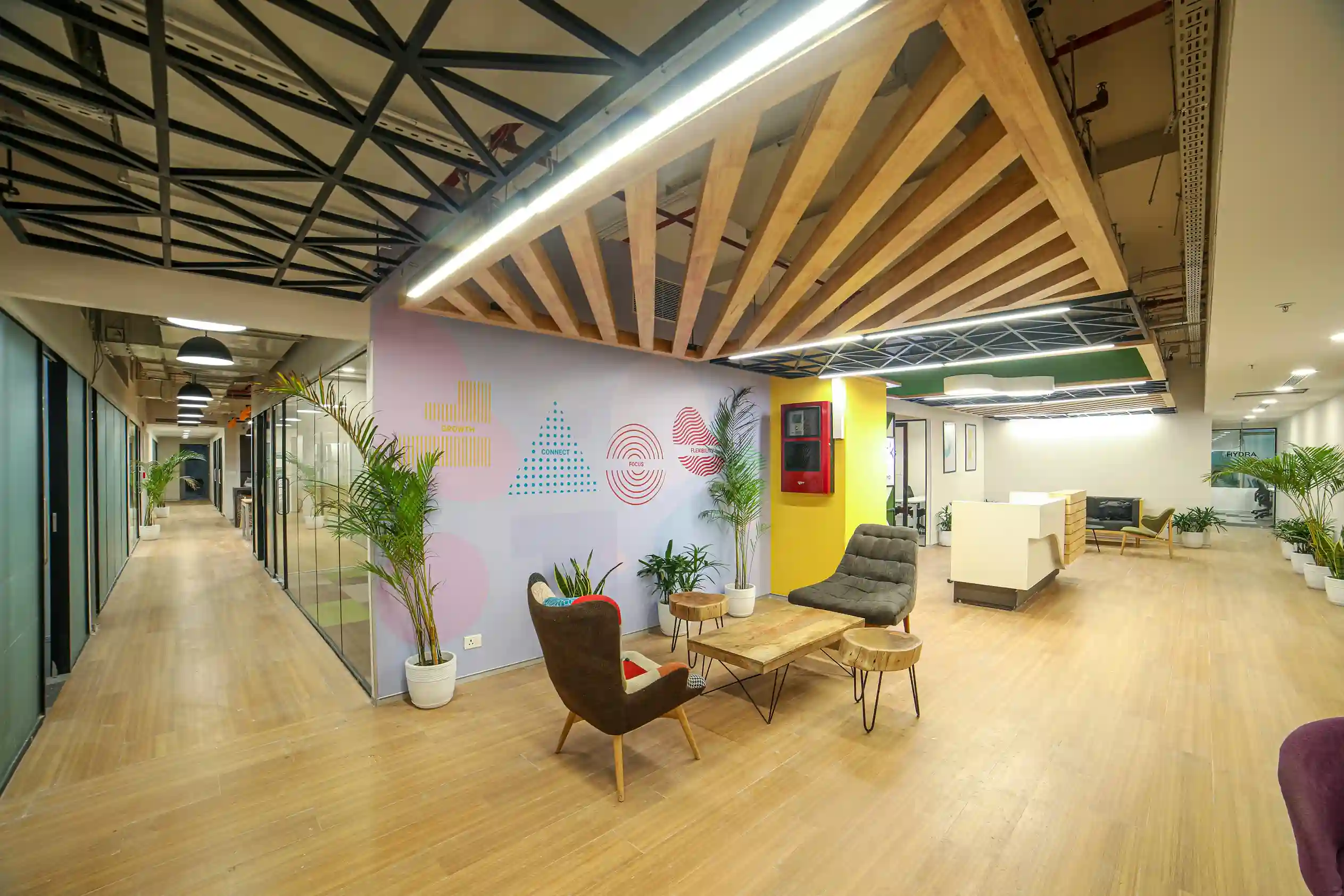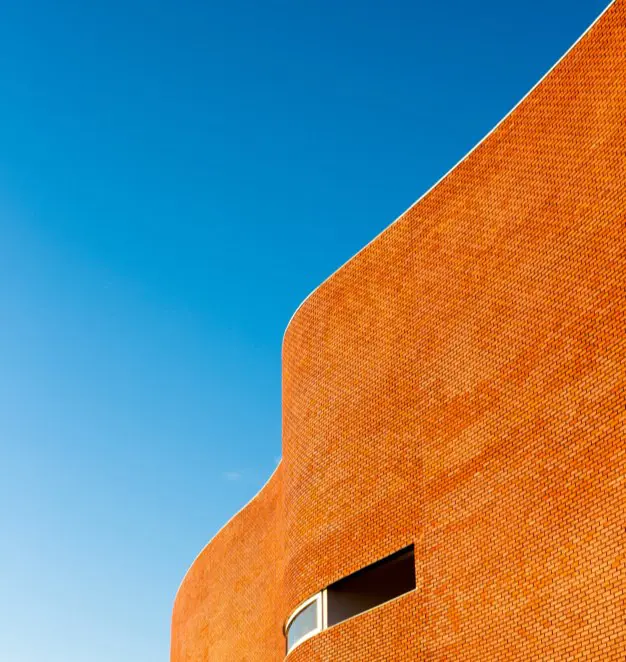1. Enhancing Patient Care Through Technology
One of the main motives behind using technology in the design of medical facilities is to enhance patient care. Advanced diagnostic tools, such as MRI and CT scanners, require unique designs to ensure the best efficiency and security. Telemedicine rooms equipped with high-definition videoconferencing tools allow remote consultations, allowing patients access to experts regardless of location.
2. Smart Building Systems
Intelligent building systems, such as automation and IoT (Internet of Things) devices, play an essential role in the design of modern medical facilities. They can manage and regulate different aspects of the building’s surroundings, like lighting temperatures, temperature, and air quality, providing a safe and comfortable environment for staff and patients. For example, automated lighting systems can adjust the brightness levels according to daylight availability and occupancy, increasing efficiency in energy use and decreasing operating costs.
3. Enhancing Workflow and Efficiency
Integrating technology into the medical facility design improves workflow efficiency. Electronic Health Records (EHR) systems facilitate the retention and access to information about patients, improving administrative processes and increasing the accuracy of patient records. In addition, Real-Time Location Systems (RTLS) allow tracking of the location of staff, equipment, and patients, improving the use of resources and decreasing waiting times.
4. Advanced Security and Privacy Measures
With the growing dependence on technology to manage data, protecting the security and confidentiality of patient information is essential. Medical facilities should incorporate advanced security measures to guard sensitive information from cyberattacks and hacks. Secure access controls, encrypted communication channels, and regular security audits are vital elements of a comprehensive security plan for cybersecurity.
5. Designing for Future Technological Advancements
The rapid development of technology demands that medical facility designs be modified and adaptable to the future. Flexible infrastructure, like modular walls and flexible wiring systems, allows for the quick integration of emerging technologies. This innovative approach ensures that medical facilities can adapt to technological advances without needing major changes.
6. The Role of Medical Consulting and Planning
The practical implementation of technological advances in medical facility design requires a thorough medical consultation and design. It requires working with architects, health professionals, and technology experts to design a layout that addresses the facility’s particular requirements while incorporating the latest technological advances. Through careful analysis and consulting, medical facilities can ensure that their designs are practical and secure for the future.
Conclusion
Integrating technology into the design of medical facilities is crucial to improving patient care, increasing efficiency in operations, and protecting the privacy and security of data about patients. Hospitals can stay at the forefront of healthcare services by integrating sophisticated building systems, advanced diagnostic tools, and flexible technology. A thorough medical consultation and planning are essential in this process. Ensuring that the layout meets the facility’s requirements while taking advantage of the most recent technological advances is critical. As technology advances, medical facilities must be agile and ready to adopt innovative technologies that determine our future healthcare.





